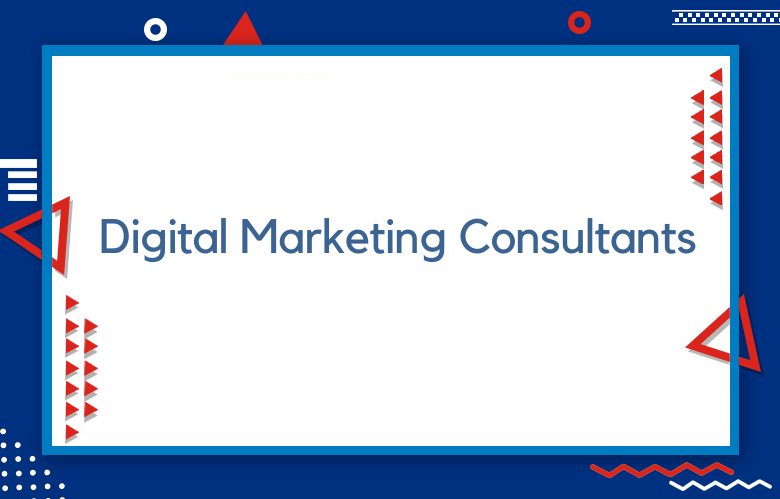Customer Journey Orchestration (CJO) for Marketing

As a marketer, you know that the customer journey is critical to your success in converting leads into loyal customers. But are you deploying the right strategies to ensure your customers have a seamless and personalized experience with your brand?
This is where Customer Journey Orchestration (CJO) comes in. This powerful tool has been gaining traction in the marketing world for its ability to deliver a holistic, end-to-end view of the customer experience while also providing the ability to tailor individual interactions to each customer’s unique needs.
Dive deeper into CJO and explore how it can help you deliver a more satisfying and profitable customer journey.
What is Customer Journey Orchestration (CJO)?
CJO is a holistic approach to managing and optimizing the customer journey across multiple touchpoints and channels.
By collecting data from each customer interaction, whether a website visit, email, or social media engagement, CJO allows marketers to create a complete picture of their customer’s journey.
With the customer journey mapped out in full, CJO also allows for predictive modeling and intelligent decision-making, ensuring that every interaction is tailored to the specific needs and interests of the customer.
Why is Customer Journey Orchestration important for Marketing?
CJO is essential for marketing because it allows businesses to create a cohesive customer experience to drive better marketing outcomes.
When businesses understand their customer’s journey, they can create targeted marketing campaigns that resonate with their customers more personally.
This can help businesses improve customer satisfaction, loyalty, and retention. CJO also allows companies to optimize their marketing spend by identifying touchpoints most effectively driving customer engagement, acquisition, and conversion.
How to Implement Customer Journey Orchestration
Implementing CJO requires a strategic planning process consisting of several steps. The first step is to identify the customer’s touchpoints and online interactions across channels, such as social media, email, mobile, and web.
It is also crucial to gather and consolidate data from various sources, such as CRM and customer service software, to get a complete picture of the customer’s journey.
Next, defining customer personas and segments is essential to tailor messaging and content to specific customer needs and interests.
With this information, creative teams can develop messaging that resonates with the target audience. Implementing CJO requires marketing automation tools and analytics to track, monitor, and measure customer interactions across platforms and channels.
Discovering the Power of Customer Journey Orchestration (CJO) for Effective Marketing
A customer’s journey from prospect to purchase is no longer linear and straightforward. It has become a complex web of touchpoints across multiple channels and devices.
The ability to effectively manage and coordinate these touchpoints to provide a seamless and personalized customer experience is essential for businesses to remain competitive.
This is where Customer Journey Orchestration (CJO) comes in. We will explore how CJO can drive effective marketing outcomes and provide a deep understanding of your customer’s journey.
Enhance Your Marketing Strategy with Customer Journey Orchestration (CJO)
Every successful marketing campaign starts with understanding your customers’ journey and tailoring your efforts to meet their needs at each step. Customer journey orchestration (CJO) is an approach that enables companies to do just that.
CJO allows marketers to identify the customer’s journey across channels, devices, and platforms and deliver a consistent, personalized experience. We will explain customer journey orchestration and how it can benefit your marketing strategy.
The Future of Customer Journey Orchestration
The future of CJO is exciting as businesses continue to leverage technology to create a more personalized and seamless customer experience.
Advanced machine learning algorithms can help businesses predict customer behavior and make real-time adjustments to their customer journey. This can help companies to deliver more personalized and relevant experiences that increase customer satisfaction, loyalty, and revenue.
Benefits of Customer Journey Orchestration
With CJO in place, you can achieve several vital benefits leading to increased customer satisfaction and revenue. Some of the most widely publicized benefits of CJO include:
Personalized experiences –
CJO enables you to deliver tailored, relevant content to each customer based on their history and interests.
Improved engagement –
By anticipating customer needs and providing the right message at the right time, CJO helps improve overall engagement and the likelihood of conversion.
Better ROI –
With CJO, you can track the entire customer journey and optimize it for conversions, reducing customer acquisition costs and driving incremental revenue.
Improved customer retention –
By delivering a seamless and satisfying experience to each customer, CJO can help increase customer loyalty and reduce churn.
Best practices for CJO implementation
While CJO offers many benefits, proper implementation is required to ensure success. Some best practices for CJO implementation include the following:
Start with the customer –
Identify the critical touchpoints in your customer journey and the corresponding data that needs to be collected.
Implement automation –
Automation frees up time and resources for your team, allowing you to focus on more personalized interactions.
Collect customer data –
CJO relies on data to operate effectively, so invest in systems that allow for the collection and analysis of customer data.
Focus on continuous optimization –
CJO is not a one-time fix but rather an ongoing continuous improvement process. Regularly review and optimize your customer journey to ensure satisfaction and revenue growth.
Critical considerations for CJO success
While CJO technology is powerful, it is not a silver bullet. There are still vital considerations that must be taken into account for CJO to be successful, including:
Privacy and ethics –
Ensure that you are collecting customer data transparently and ethically and using it to enhance, not exploit the customer experience.
Organizational alignment –
Ensure all teams involved in the customer journey align and work towards a common goal.
Technology integration –
Ensure that CJO systems integrate with other marketing technologies to provide a seamless experience.
Conclusion:
Marketers must embrace tools like Customer Journey Orchestration as customer expectations evolve to deliver a more personalized, seamless, and engaging experience.
Using the right technology and strategies, marketers can increase customer satisfaction and loyalty, drive revenue growth, and ensure long-term success.
Remember to put the customer at the center of your strategy, implement best practices for implementation, and focus on continuous optimization to ensure a successful CJO strategy.
By implementing CJO, businesses can improve customer satisfaction, loyalty, and revenue growth.
As technology advances, the opportunities for businesses to leverage CJO to create a more personalized and efficient customer journey will only continue to grow. It’s time for companies to start utilizing the power of CJO to stay competitive in today’s fast-paced digital world.
Call: +91 9848321284
Email: [email protected]



